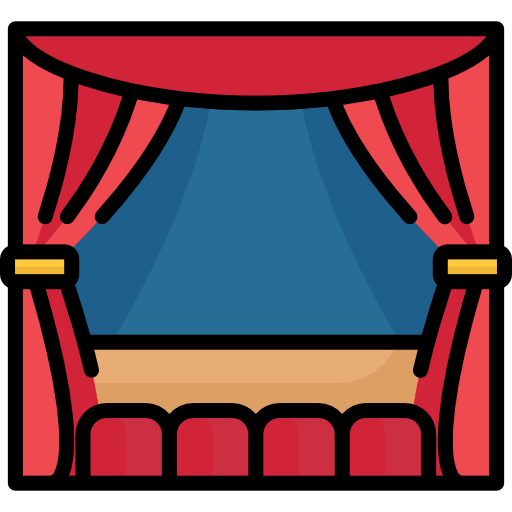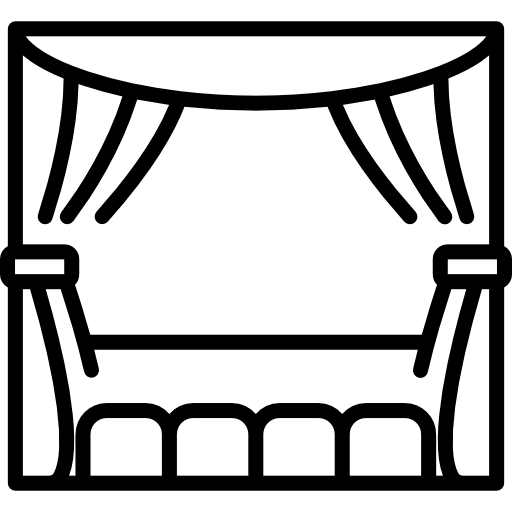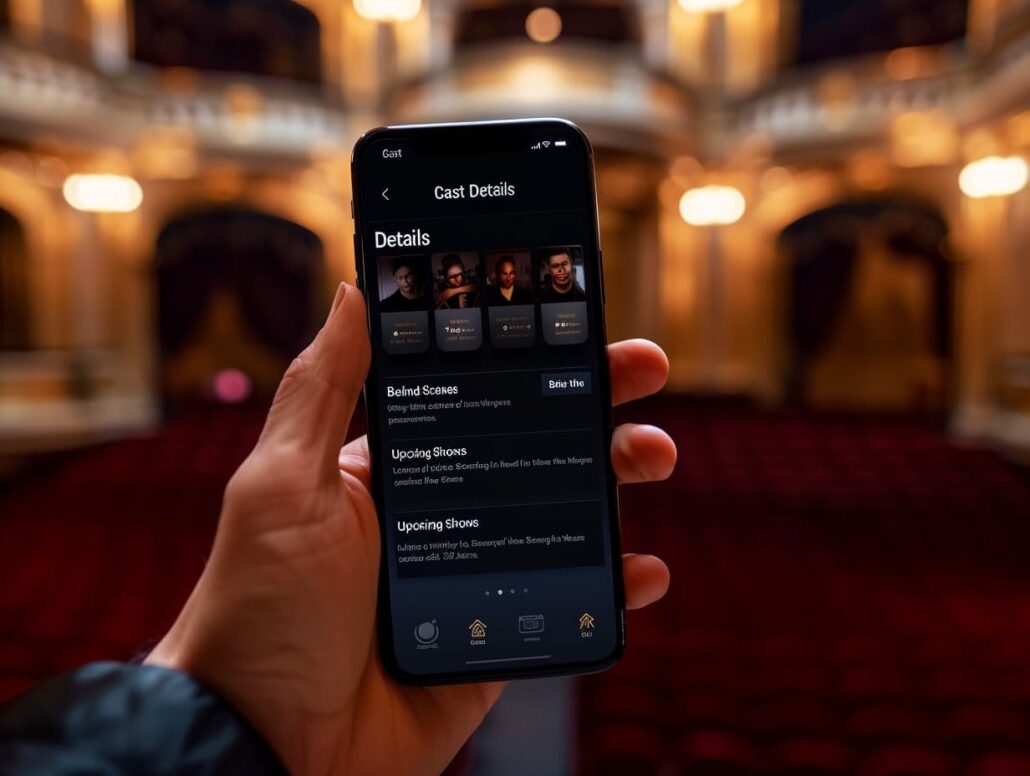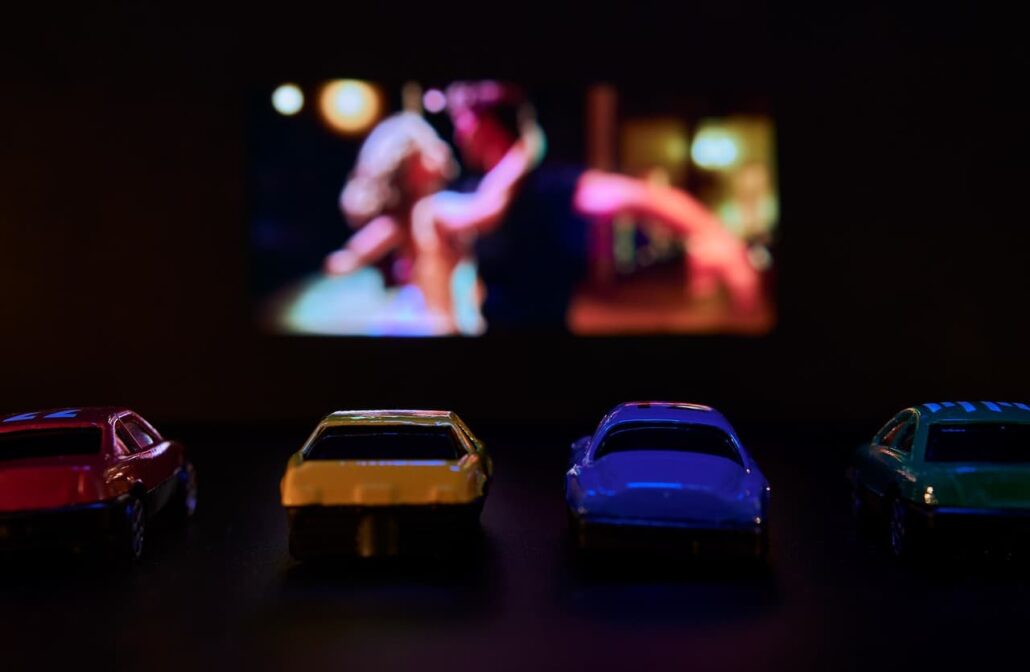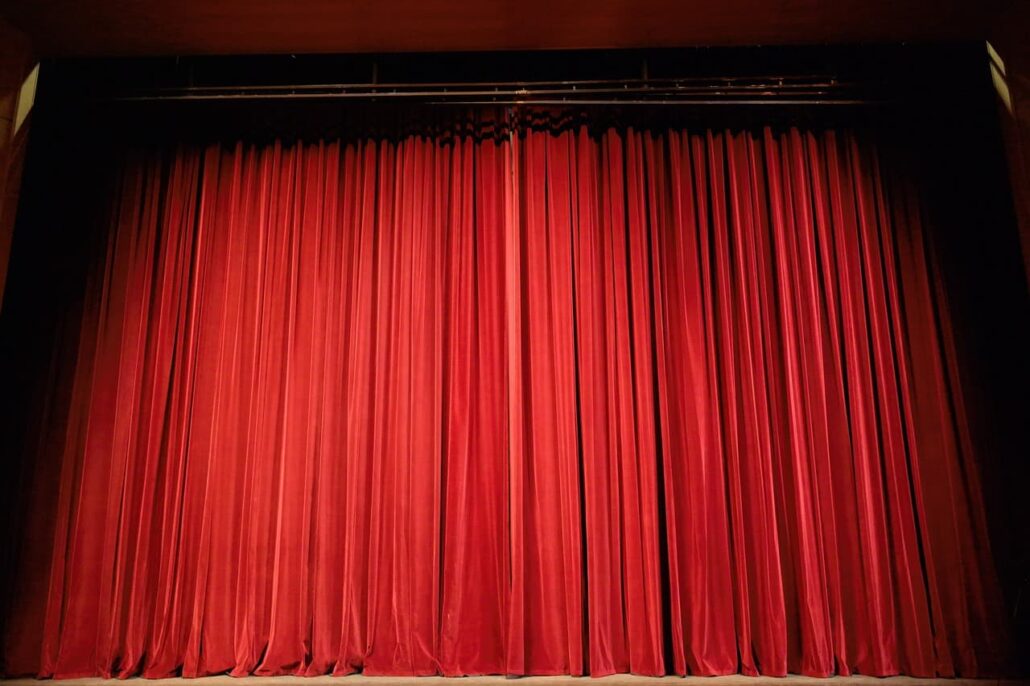Theater activities during the Holocaust can be subdivided into “prescribed” and “spontaneous”, depending on whose initiative they were organized. The different conditions under which theater artists created their art reveal a general movement toward the ghetto, both culturally and geographically, for those ensembles that were considered undesirable in the Nazi Reich. The Kulturbund was an official theater organization patronized by Nazi leaders, providing theater artists and musicians with opportunities (creatively and economically) to realize their potential. In Nazi-occupied Europe, however, outstanding artists and intellectuals created theatrical art, among them professionals and amateurs, adults and children. Many of them were Jews, most of whom ended up in ghettos and concentration camps. Others were political prisoners of non-Jewish descent.
In each ghetto or camp, inmates who were professional and amateur actors were given the special status of “art workers. They often became “privileged” prisoners; at Westerbork and Theresienstadt, for example, this entitled them to better housing, in some camps they received extra portions of food and items that could be exchanged. The “privileged” actors were a little more protected from the arbitrariness of guards, policemen, and even SS officials, but their talents also contained dangers: the work was controlled by censors and authors could be severely punished for their work. Much depended on whether they received permission or an order from the officials or whether they organized the performance on their own initiative, then it was essentially illegal. Regardless of the venue – ghetto or camp – cultural activities developed, performances were held – they could be more freely organized and less so, some were held in secret and some with the tacit approval of the Jewish Senior Council (in East European ghettos and Theresienstadt) or Nazi overseers (in transit and concentration camps); other theater activities were specifically approved and encouraged, sometimes even under direct Nazi direction. This is what happened with the bandstand at Westerbork, the organized recreation programs (Freizeitgestaltung) and the theatrical activities at Theresienstadt, at Auschwitz-Birkenau and related camps, when the leadership, the police, and even the headmen of the room appealed to designated “art workers” to organize an entertainment program.
On the other hand, secretly organized theatrical performances can be understood as a protest on the part of the prisoners: prisoner-artists who performed poetry and parodies unauthorized challenged the repression by reciting poetry and forbidden works openly. Karel Švenk of the Czech-language cabaret at Theresienstadt, for example, protested with his sketches, as did political prisoners at Sachsenhausen, Dachau, and Ravensbrück, and night-time performers in the infirmaries of Auschwitz. The reasons why actors performed “on commission” are as varied as the performances themselves; apparently, despite all the dangers, it was the artists’ desire to survive that motivated them. They saw their art as a commodity in exchange for respect, protection, and material goods such as better barracks or extra food. They also saw in their art a way to preserve their own selves, to arrive at a spiritual rebirth, or at least temporarily escape from the unbearable conditions in which they found themselves.
